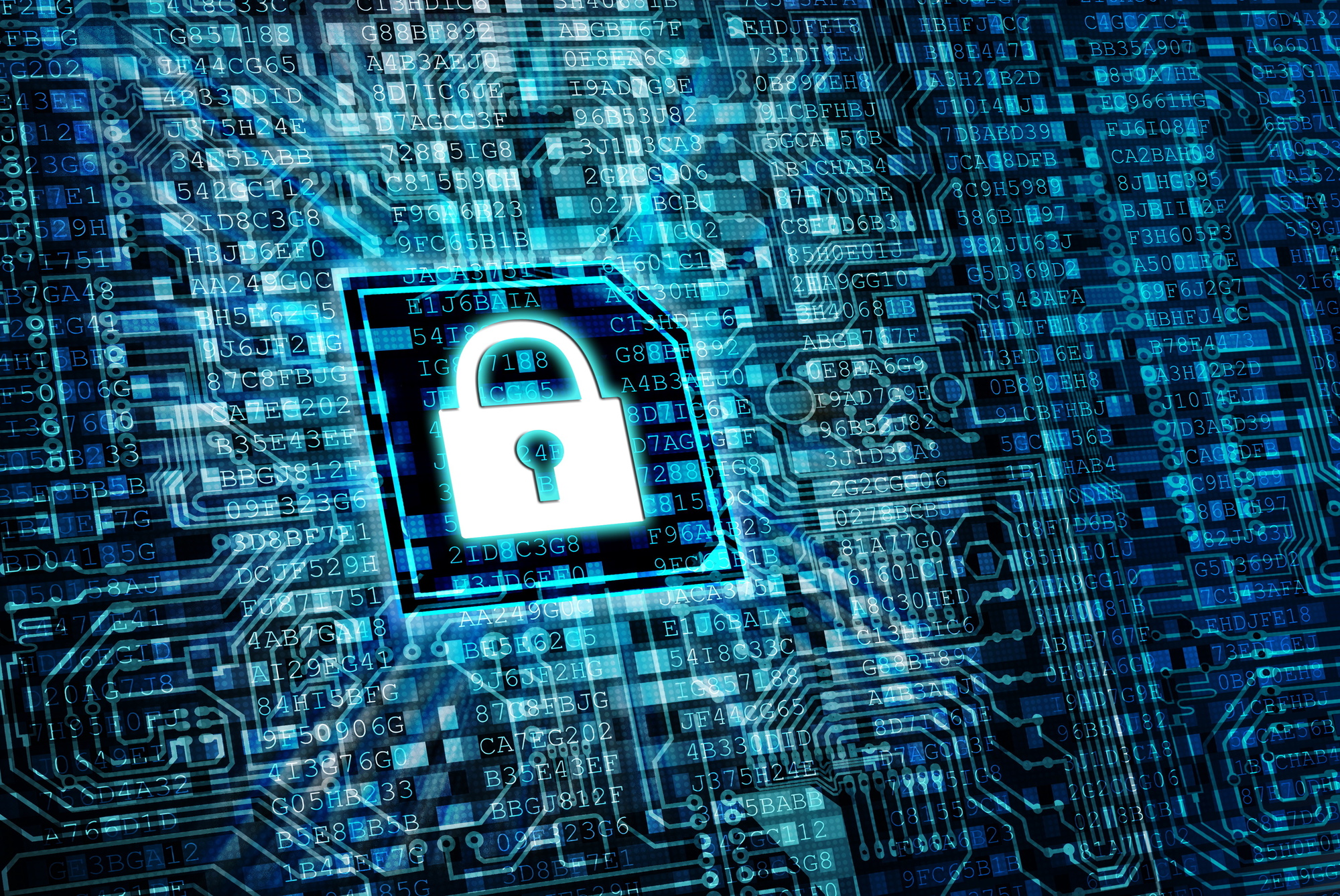
7 Simple Tips to Create and Remember Secure Passwords
Did you know that 90% of passwords can be cracked in less than six hours? This a scary fact when we consider how much sensitive information we store online.
Creating a strong password is one thing, but remembering that password is a whole new challenge. If you’re tired of clicking the “forgot password” link then read on.
We’ve put together some handy tips to help you create and remember strong, secure passwords.
1. Mix It Up
A combination of numbers, symbols, uppercase, and lowercase letters creates a strong password that is far more difficult to crack.
Our brains don’t remember jumbled-up sequences like Ld#4&5 very well, so try to use these characters in a way that you can easily recall. The simplest way to do this is to replace letters in words with numbers and symbols. Instead of using the word “example”, you could use €x@mpL3, instead.
2. Make It Long
Hackers don’t crack your password by guessing random words. They usually run programs that spit out possible solutions based on how many characters your password uses. This is called a “brute force attack”.
The longer your password is, the longer it will take hackers to figure it out. Take a look at this chart to see how long it would take a hacker to crack your password, based on the length of your password and the characters it contains.
3. Use a Nonsense Phrase
A great way to make your password longer is to create a phrase that you can easily remember. Avoid common sentences like “I love you.” Hackers will know to give these combinations a shot.
Try to construct a nonsensical phrase that is significant to you. For example, “Quarter Pounder Yankees Mustang”. Insert numbers and symbols into your password to make it a real winner.
4. No Personal Information
In the age of social media and online data, hackers can easily compile a handy list of personal facts about you. Avoid using things like your anniversary, children’s birthdays, city of birth, or pet’s names in your password.
If you do use personal information, try to keep it vague. Use your favorite author’s surname, or your favorite candy bar spelled backwards.
5. Use a Password Manager
Password managers allow you to store your passwords on a secure server. They also generate new passwords for you to use when needed. You can access your password manager by using a master password.
This takes the pressure off of remembering dozens of passwords and removes the risk of people finding your password hint sheet lying around.
MSP password manager offers military-grade password protection and data encryption services.
6. Don’t Reuse Passwords
If a hacker gains access to an email server, for example, they gain access to thousands of passwords. Hackers then sell these passwords to the highest bidder.
If you’ve used the same password across multiple sites, hackers will gain instant access to all these accounts. This is why you should create unique passwords for each of your accounts.
7. Don’t Get Complacent
If your password has been leaked online, you won’t know until it is too late.
If you’re protecting sensitive information like e-wallets or private documents, you should change these passwords regularly. Many cybersecurity experts believe you should change your password every 3 months.
Stop Hackers in Their Tracks by Creating Secure Passwords
At some point in the future, hackers are bound to try and access your accounts. There’s no need to make this process easy for them.
By using the tips and tricks above, you can create secure passwords that will frustrate hackers and keep your information safe.
If you enjoyed this article, explore the rest of our site to discover more informative content!
